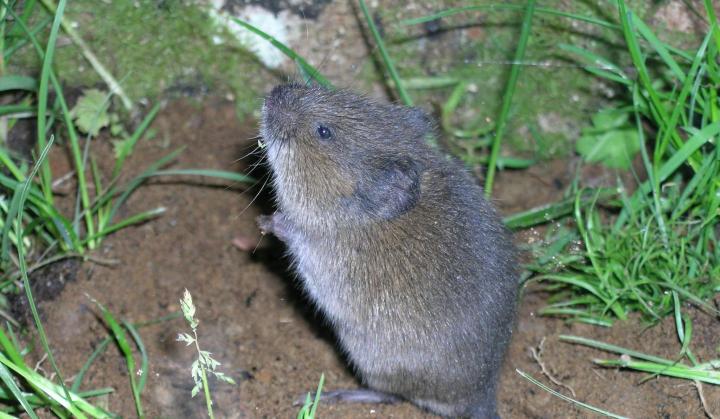Comprehending Vole Lawn Damage and Exactly How to Fight It
Comprehending Vole Lawn Damage and Exactly How to Fight It
Blog Article
Comprehensive Overview to Efficient Vole Pest Control: Problem Recognition and Treatment Approaches
In the world of reliable bug control, vole invasions pose a special challenge that requires a strategic technique. By exploring the subtleties of vole behavior, comprehending key indications of infestation, and reviewing a range of control options, one can create an extensive approach to combat these elusive insects.
Recognizing Vole Actions
Vole actions is characterized by their tunneling routines and rapid reproduction rates, making them a challenging parasite to control successfully. Their fast reproductive price more makes complex control initiatives, with women capable of producing numerous trashes in a single year, each having numerous children.
Voles are most energetic throughout the very early morning and night hours, investing the bulk of their time foraging for food. Their tunneling habits not just interrupt gardens and grass however additionally make them testing to remove and detect. Comprehending vole habits is essential for efficient insect control techniques. By determining their burrow locations, monitoring feeding locations, and executing targeted control methods, such as capturing or environment adjustment, vole invasions can be managed effectively.
Signs of Vole Invasion

Prevention Approaches
Executing efficient avoidance techniques is critical in reducing vole infestations and securing greenery from their destructive feeding habits (vole lawn damage). To stop vole invasions, it is necessary to begin by eliminating prospective food sources and shelter. Maintain lawn and plant life cut short, get rid of weeds and debris, and maintain a tidy yard or yard to make the location less attractive to voles. Setting up barriers such as equipment towel or below ground secure fencing can why not check here additionally aid deter voles from entering details locations. Furthermore, lowering excess dampness by fixing leaky pipes and guaranteeing proper drain can make the setting much less friendly for voles.
On a regular basis evaluating the building for indicators of vole activity, such as paths and burrow openings, is essential for very early discovery and prompt activity. If vole task is suspected, think about utilizing catches or repellents strategically placed near their pathways.
Non-Lethal Control Techniques
To efficiently take care of vole populations while prioritizing gentle approaches, non-lethal control strategies offer practical solutions for reducing vole damage in landscapes and yards. These obstacles can be hidden at the very least 12 inches curved and deep at a 90-degree angle to protect against voles from delving below.

Lethal Control Options
One efficient technique for addressing vole infestations in gardens and landscapes involves the critical use of dangerous control alternatives. When encountered with a severe vole problem that non-lethal approaches have actually stopped working to contain, implementing lethal control measures ends up being crucial. Overall, when using dangerous control alternatives, it is crucial to do so properly and in accordance with local laws to properly handle vole problems.
Conclusion
To conclude, reliable vole bug control needs a comprehensive understanding of vole actions, identification of indicators of infestation, execution of prevention approaches, and application of both non-lethal and dangerous control approaches. By incorporating these strategies, individuals can effectively manage vole populations and safeguard their property from damages. It is necessary to deal with vole infestations without delay to stop further problems and reduce the influence on the surrounding click for source setting.
Offered the detailed passage systems and fast recreation rates characteristic of voles, identifying the indicators of vole problem comes to be crucial in effective bug control. One of the main signs of vole visibility is the visibility of surface area runways or tracks in lawn or snow, commonly regarding 1-2 inches large, developed as voles take a trip between their burrows and food sources.To efficiently handle vole populations while focusing on gentle approaches, non-lethal control techniques supply practical services for lowering vole damages in landscapes and gardens.One reliable technique for addressing vole problems in landscapes and yards entails the critical use of deadly control options. vole lawn damage.In final thought, effective vole bug control needs an extensive understanding of vole behavior, identification of signs of problem, implementation of avoidance strategies, and application of both non-lethal and lethal control methods
Report this page